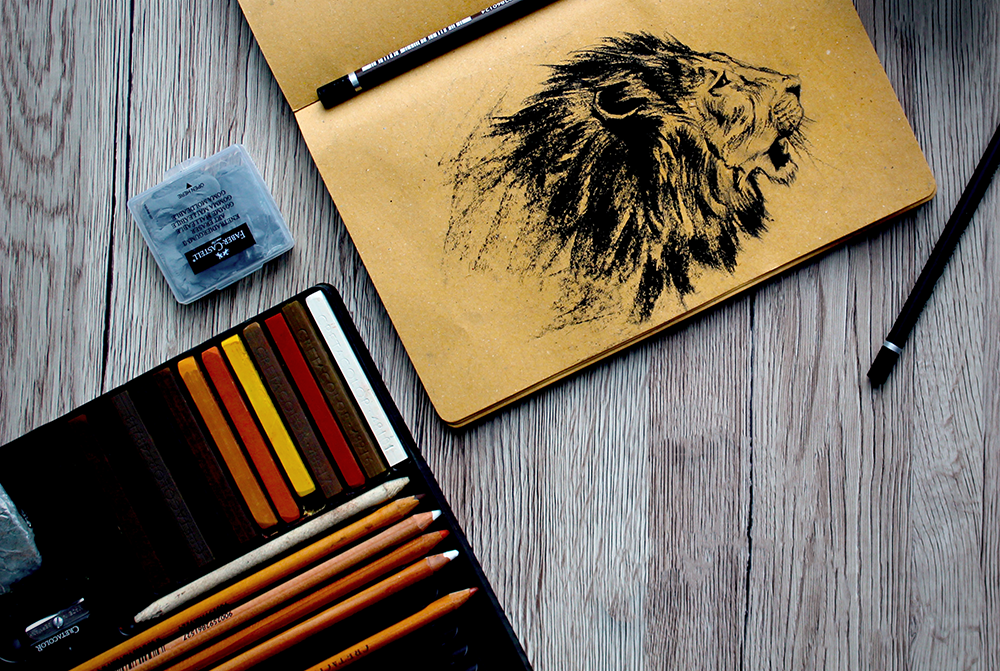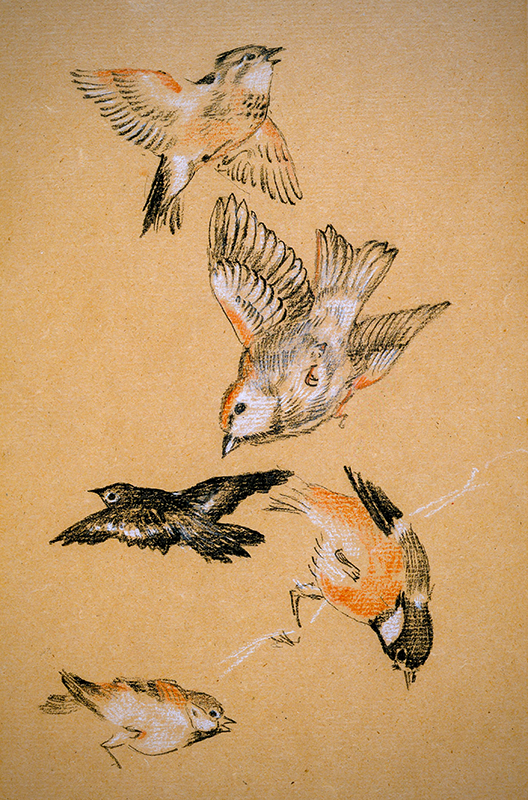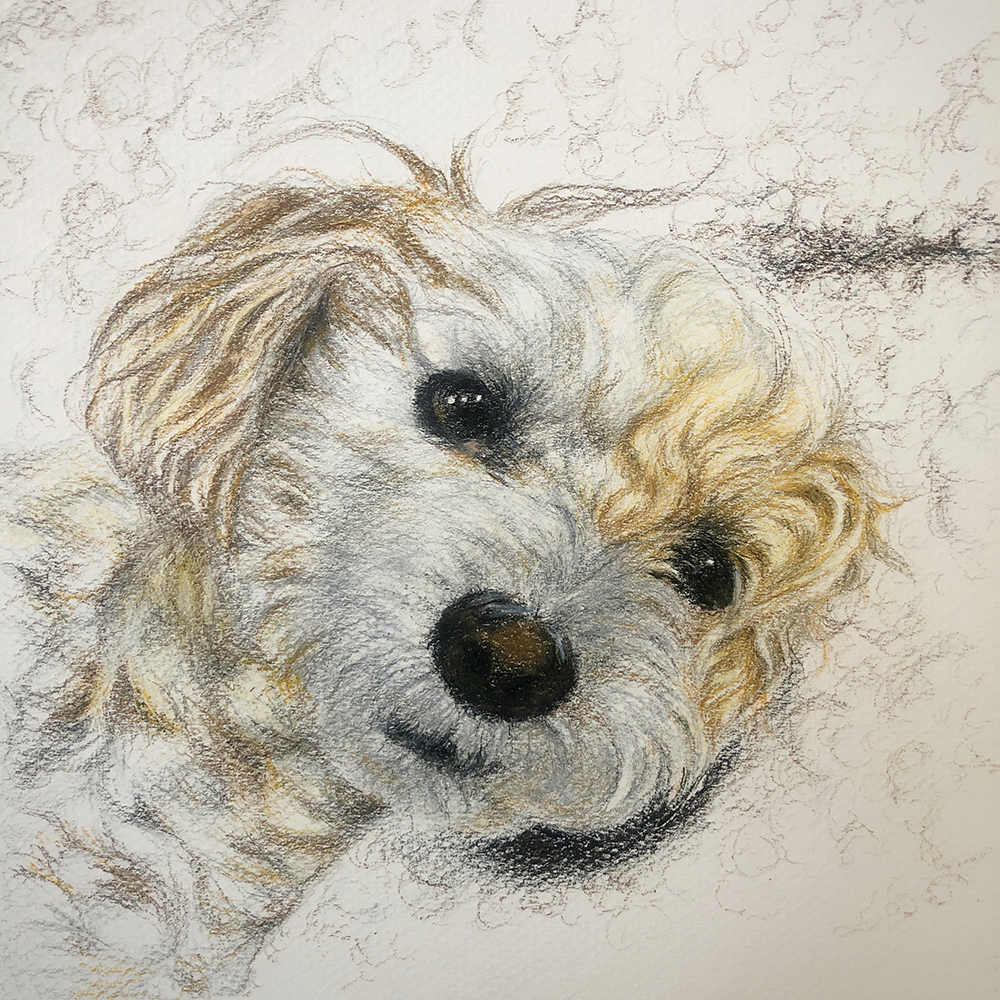An art medium that have been around for centuries, pastels are a dry medium that can be used to create both detailed and impressionistic drawings.
There are two types of pastels, oil pastels and chalk pastels, but you can create pastel art using pastel pencils or even soft and hard pastels.
Pastels come in a wide variety of colors, from very light to very dark, and are great for creating beautiful works of art.
Today, we're going to go over the basics of drawing with pastels so that you can get started on your own masterpiece!
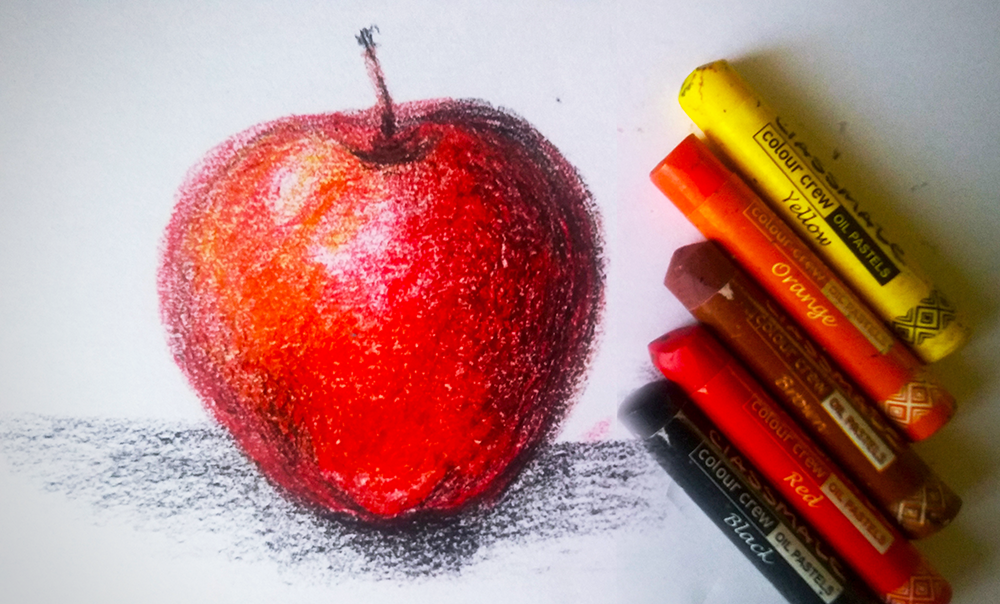


Choosing Your Paper
The first step in any pastel drawing is selecting the right type of paper.
Because pastels are applied dry, you'll want to choose a paper that has a bit of "tooth" to it so that the pigment will adhere properly.
Rough watercolour paper or sanded paper are both good options for pastel drawings.
If you're not sure which type of paper to choose, ask your local art supply store for their recommendation.
Additionally, it's important to consider paper size.
Pastel drawings can be large or small, so pick a size that you're comfortable working with.
You'll also want to consider paper color when selecting your pastel paper.
White colored papers will make your colors appear brighter, while darker papers, like black, will provide stark contrast.
Experiment with different colors of paper to see which look you prefer.
By taking these factors into consideration, you'll be able to choose the perfect paper for your pastel drawing.
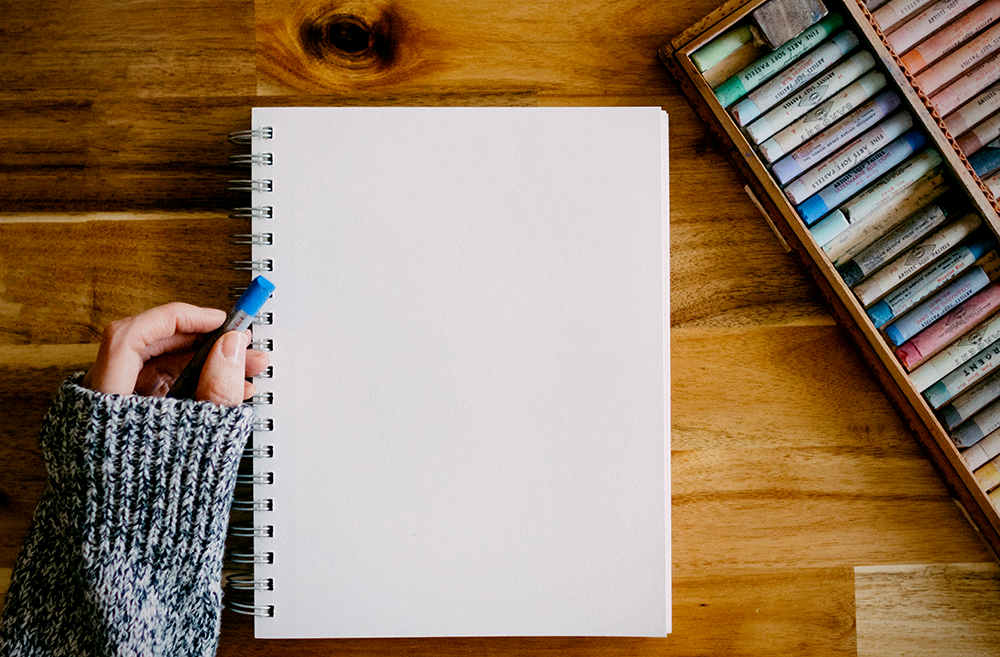
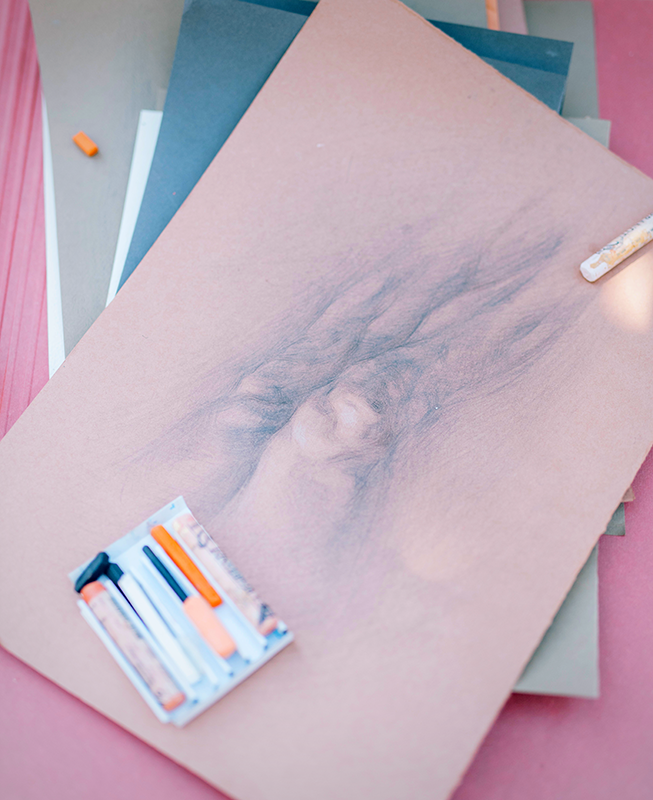
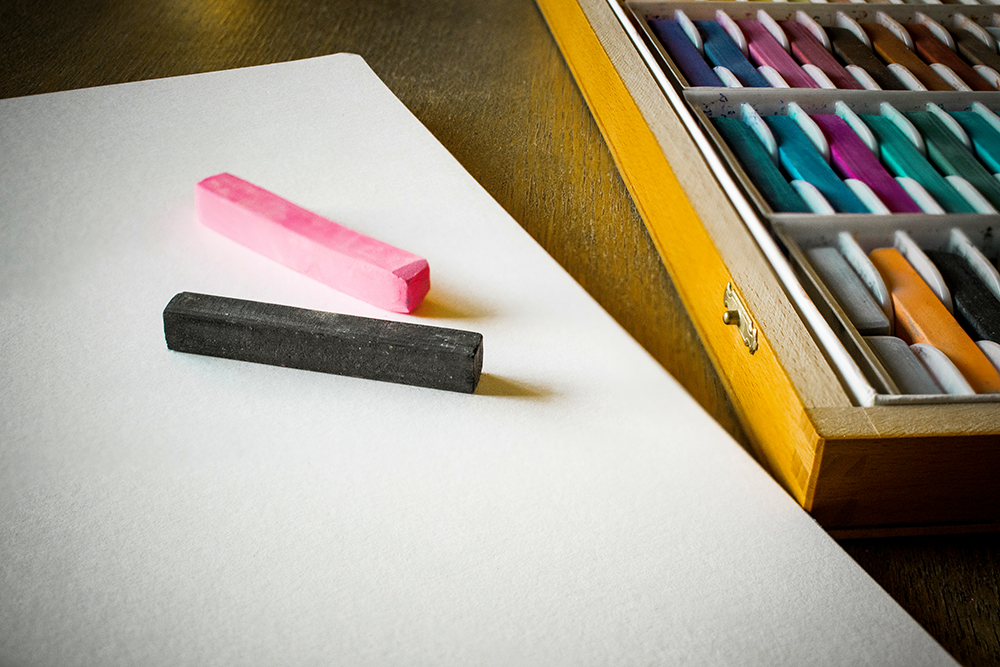
Choosing Your Pastels
The next step is to choose your pastels.
A soft pastel drawing is a fun and easy way to get started with this medium.
Soft pastels are made of a pure pigment that is held together with just enough binder to keep its shape.
They're very soft and easy to blend, making them ideal for creating both detailed and impressionistic drawings.
Using soft pastels for a pastel painting will give you rich colors, but they can be more difficult to control.
If you're just starting out, it might be a good idea to choose harder pastels, like chalk pastels.
Hard pastels are easier to control and will still give you beautiful results.
Oil pastels are another type of pastel that you might encounter.
Oil pastels are made of a wax-based pigment, and they're known for their creamy texture and high pigmentation.
Oil pastels are a great choice for blending and create rich, saturated colors.
Pastel pencils are another option that you have when choosing your pastels.
Pastel pencils are made of the same pigment as soft pastels, but they're encased in a wooden pencil.
This gives you more control over your pastel strokes, making them ideal for drawings with fine details.

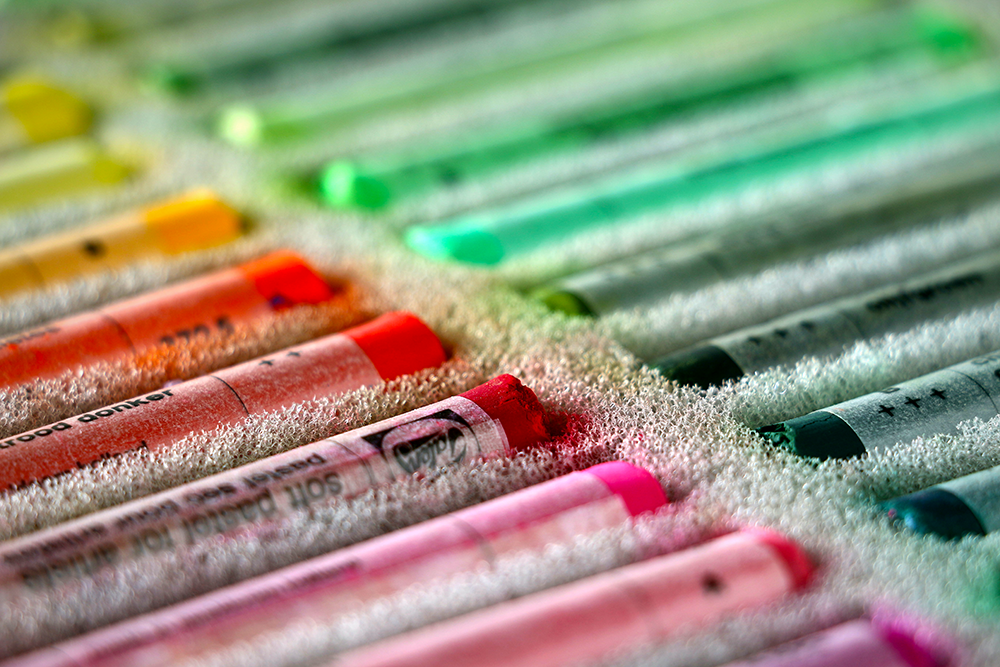
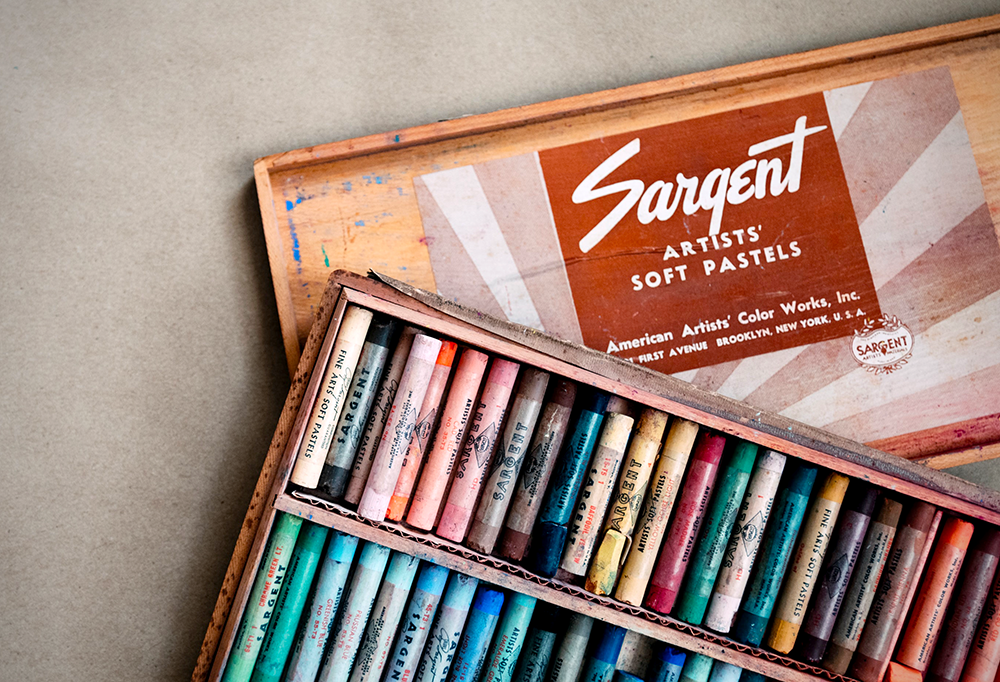
Selecting Your Pastel Colors
Now that you've selected your paper and pastel type, it's time to select your colors.
No matter what kind of pastels or pastel sticks you choose to use, you can either purchase pre-made sets or individual sticks.
Consider the color scheme you want to use for your drawing before making your purchase.
A warm color scheme might include colors like yellow, orange, and red, while a cool color scheme might include colors like blue, green, and purple.
A monochromatic color scheme uses different shades and tones of one color, while a complementary color scheme uses colors that are opposite each other on the color wheel.
An analogous color scheme uses colors that are next to each other on the color wheel.
The colors you use will impact the overall look and feel of your drawing, so take some time to think about the color scheme you want to use before making your purchase.
If you're just starting out, we recommend purchasing a set so that you can experiment with a variety of colors.
Once you've got your colors selected, it's time to start drawing!
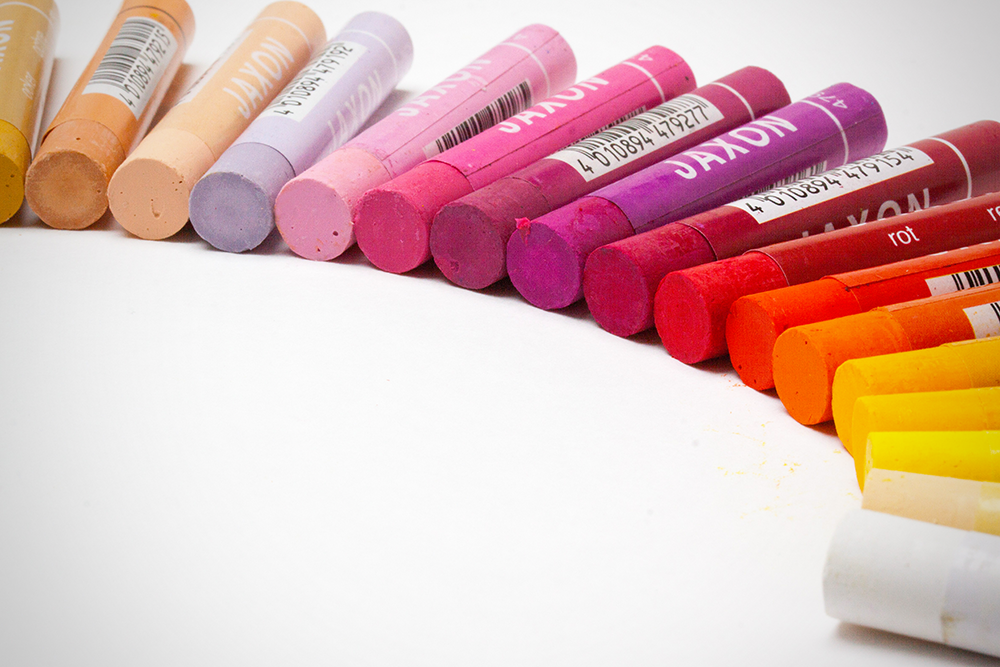

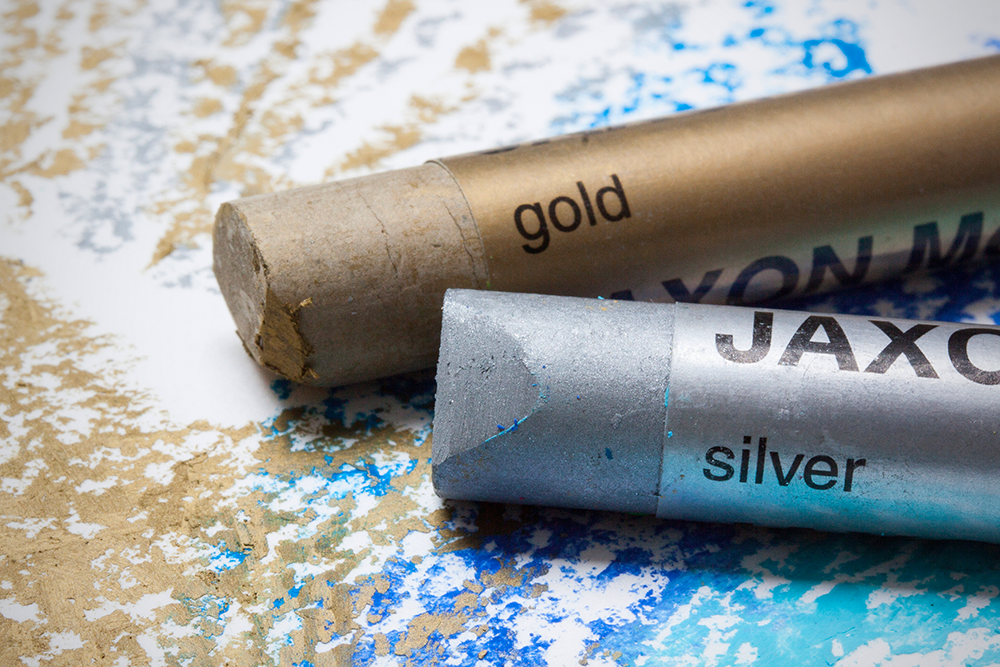
Drawing Your Pastel Picture
To start your pastel drawing, begin by sketching out the rough outline of your subject matter with a light pencil so that you have something to work with.
Once you've got the outline completed, start filling it in with color using your pastels.
To get a smooth finish, use long strokes in one direction and avoid going over the same area multiple times.
When you're finished filling in your drawing, you can use a soft cloth or brush to lightly blend the colors together for a more natural look.
Pastel artists enjoy playing with different pastel techniques, creating all sorts of oil and soft pastel drawings.
And that's all there is to it!

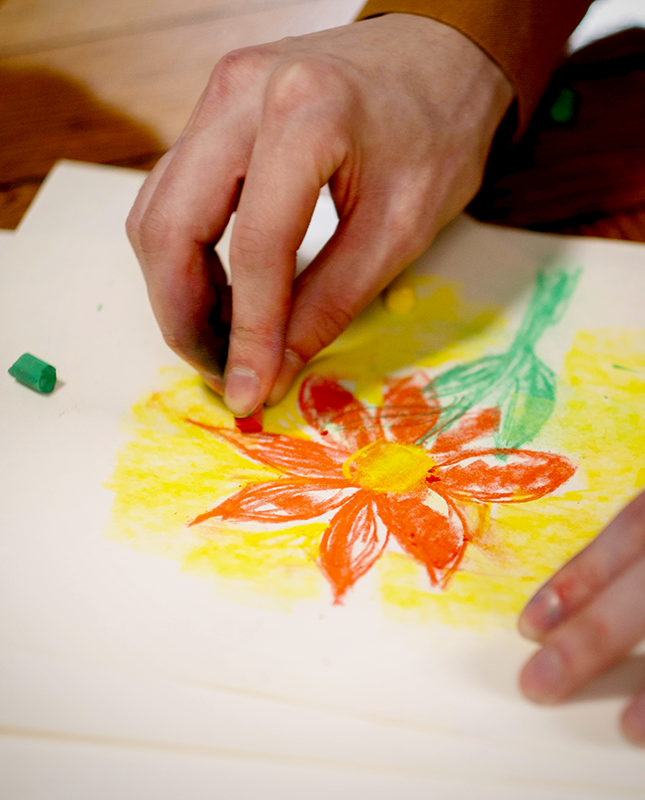

Drawing with Pastels
We hope this guide has given you a better understanding the pastel medium and helped inspire you to give pastels a try!
Pastels are a unique and rewarding medium that anyone can enjoy.
Just remember to start with light sketch and build up the color gradually for best results.
Remember to experiment with different colors and paper types to find the combination that you like best.
So, what are you waiting for?
Pick up some pastels, have fun, and start creating your own works of art today!
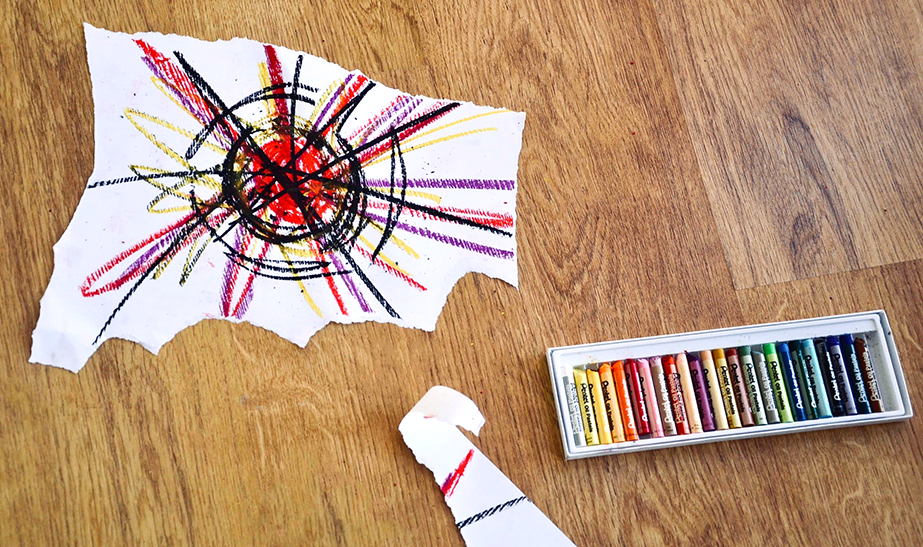

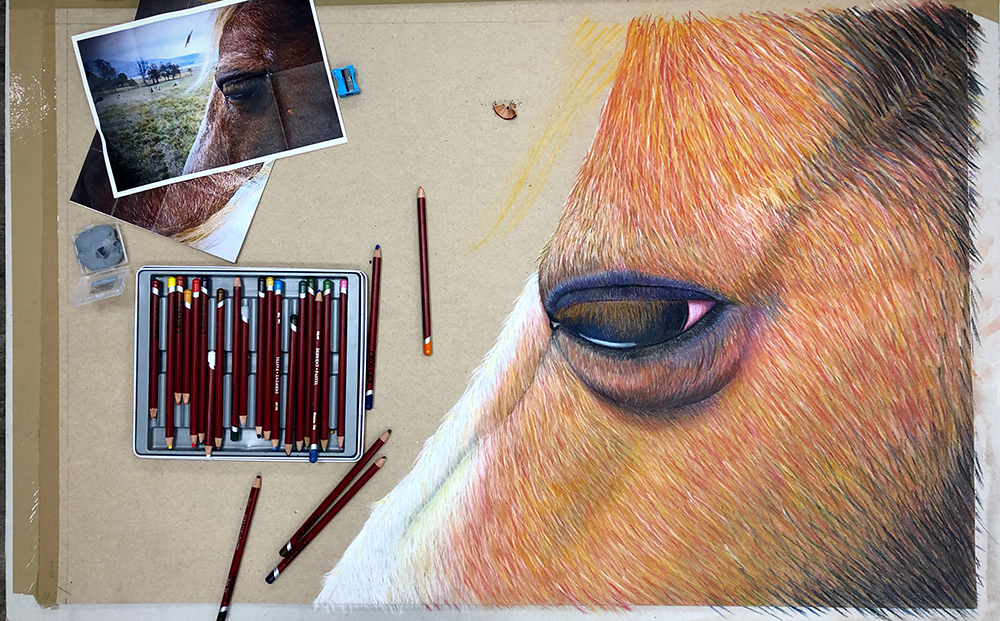
Want a simple drawing lesson with pastels? Check out Monet Cafe' with Artist Susan Jenkins' video!
Eager to work with pastels?
Check out our other pastel articles:
